The Papillon is a breed that came to us from France. The word “Papillon” means “butterfly” in French. This explains why this breed is so often associated with lightness and airiness. Papillon are known for their gentle appearance and ease of care. They are friendly, social and sociable. In this article, we will discuss the breed’s features, history, personality, and care of the dogs.
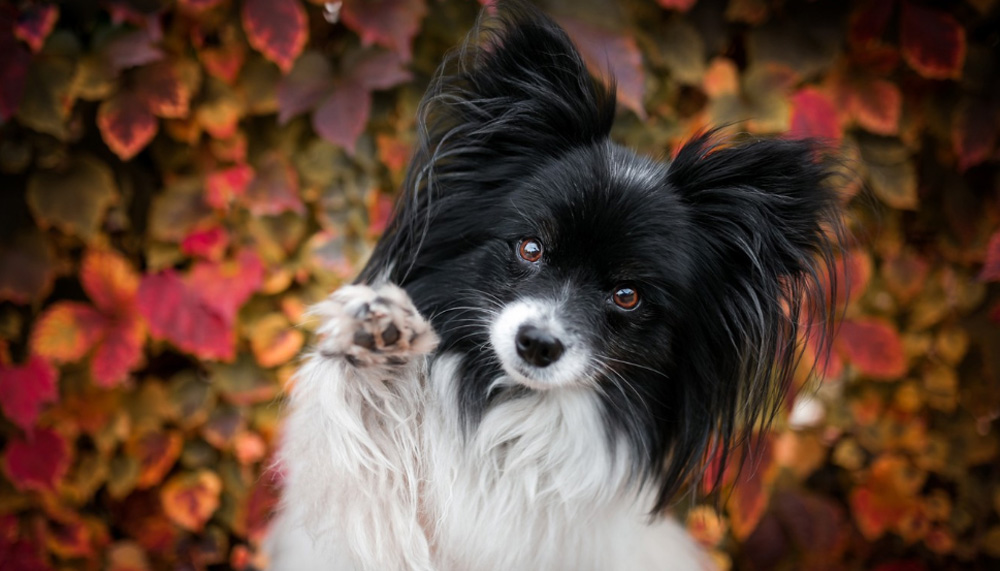
History of the breed
The Papillon was bred in France in the 16th and 17th centuries. Their high up ears and wing-like coat reminded the French breeders of butterflies, so they named the breed “Papillon”. At the time, the breed was very popular among European royalty and in the highest circles of society. The Papillon was used as a companion and was a closet decoration for its owners. Later, in the 20th century, the breed became more available and now the Papillon can be found in homes all over the world.
Characteristics of the breed
The Papillon is a small dog, weighing from 3 to 5 kg and between 20 and 28 cm tall. Their fur is very smooth and soft, with long hair on their ears and legs that resemble butterfly wings. They are available in several colors, including white, black, brown, red and white-red.
Papions are very social and love to be the center of attention, and they get along well with people and other animals. They often make great companion dogs for older people, but can also adapt to life in families with children and other animals. However, because of their small size, they can be fragile and are not suitable for rough play with small children.
Papions are very intelligent and trainable. They learn commands and tricks quickly, and can be great partners in everyday activities and training. Despite their small size, the Papillon is a dog with character, and they can be stubborn and independent. However, with proper training and socialization, they make excellent companion dogs.
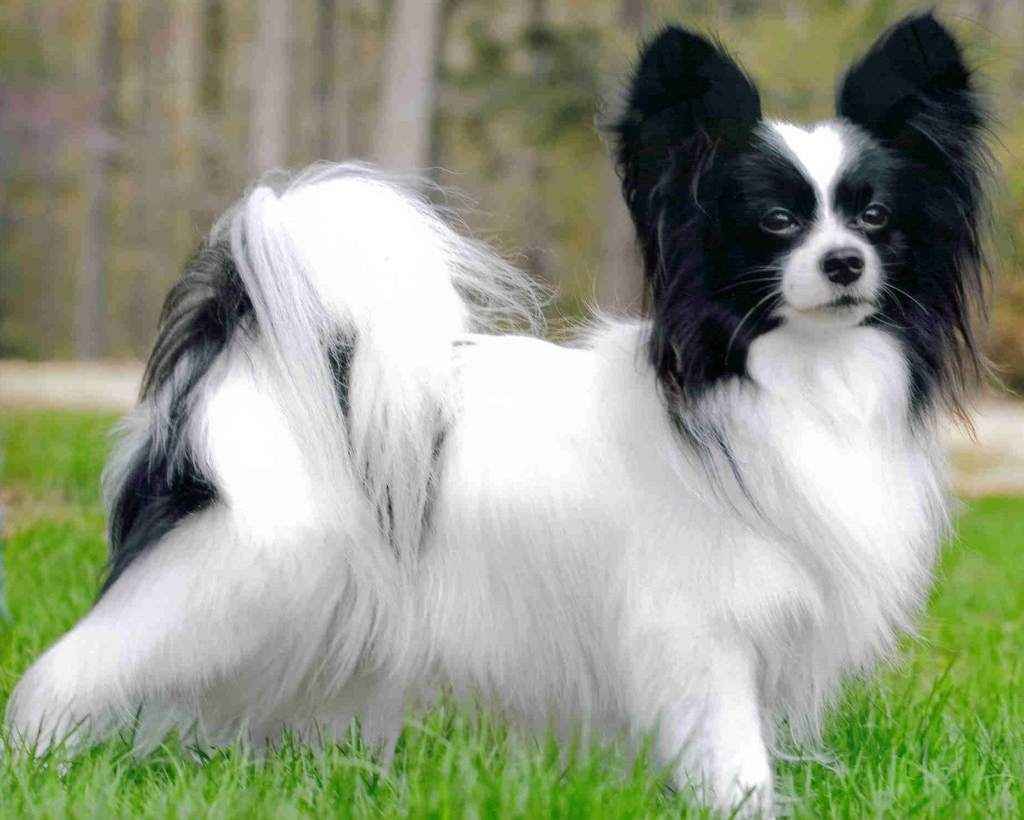
Taking care of a Papillon
Papillon grooming is a relatively simple matter. Their smooth coat requires regular brushing to prevent lumps and tangles. They don’t shed as much as other dog breeds, which makes them easier to care for. Nails should also be trimmed regularly and teeth and ears should be brushed.
The Papillon doesn’t need intense exercise, but it does need regular physical activity, such as walks and games. Because of their small size, papiots can be sensitive to the cold, so they may need extra protection in cold weather. Their diet should also be monitored, given their small size and tendency to become obese.
Can Papillon’s be trimmed?
Yes, you can trim the Papillon, but you need to remember that their coat is their natural protection from the cold and heat. If not trimmed properly, the quality of their coat can suffer and there is an increased risk of overheating or overcooling depending on the climate.
If you decide to get your Papillon trimmed, you should contact a professional groomer who is familiar with the peculiarities of this breed. He will help determine the optimal length and style of haircut, and will perform the procedure safely and painlessly for the animal.
If you decide to cut the hair of the Papillon yourself, you should make sure that the blade of the haircutting machine is sharp and does not get stuck in the hair, and never try to cut it too short or unevenly. While cutting the papillon it is also necessary to pay attention to the temperature of the environment, avoid cutting it in hot weather or on the contrary in cold season when wool protects the animal from cold.
Remember that proper hair care and daily brushing will help keep the coat healthy and shiny, and it is not always necessary to trim the papillon.
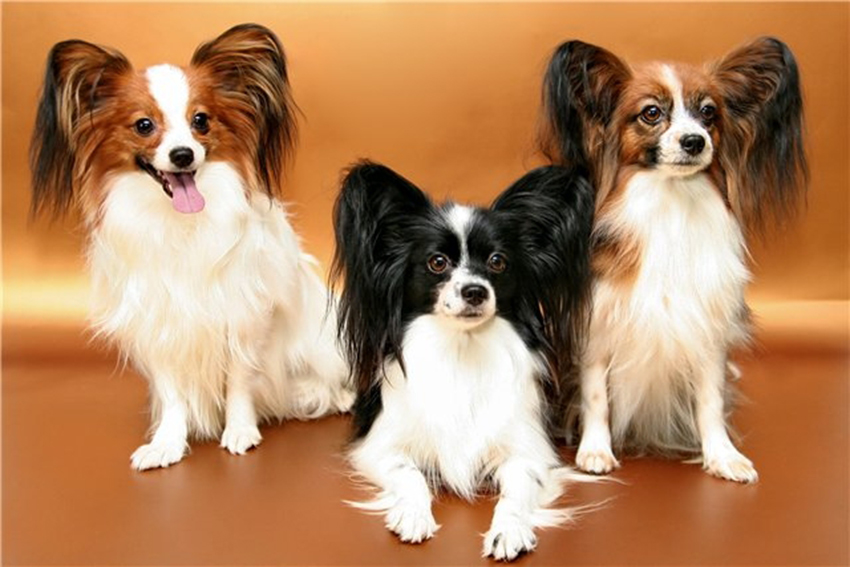
How often can a Papillon be bathed?
The frequency of bathing the Papillon depends on the individual animal, its lifestyle and coat quality. In general, for a healthy breed, the frequency of bathing should be minimal to avoid damaging the natural layer of oil on the skin and hair that protects against dirt and bacteria.
It is recommended that you bathe your papillon no more often than once every 2-3 months if the animal lives in the house, is not very dirty, or has no skin problems. If your papillon is outdoors frequently, especially in dirty conditions, the frequency of bathing can be increased, but no more than once a month.
When bathing the papillon, you should use a special shampoo for dogs that will not damage the natural oil layer on the skin or cause dry skin. After bathing, the coat should be thoroughly dried to avoid the development of infections or fungal diseases associated with the wet environment.
It is important to remember that excessive bathing or the use of inappropriate washing products can be detrimental to the health of the papion and lead to the development of various skin conditions. If you have any questions about the frequency of Papillon bathing, it is best to consult your veterinarian.
Top 10 facts about the Papillon:
- The name “Papillon” comes from the French word “Papillon”, which means “butterfly”, because of the characteristic shape of the ears, which resemble butterfly wings.
- The Papillon is a small size dog breed, weighing from 3 to 5 kilograms and measuring from 20 to 28 cm tall.
- They are very friendly and outgoing, making them great companion dogs.
- The Papillon has a long, smooth and soft coat that can be white, black, brown, red or white-red.
- This dog breed can live in a house or apartment, but they also need regular walks and exercise.
- The Papillon is one of the smartest dog breeds, and they learn commands and tricks quickly.
- Because of their small size, the Papillon can be fragile, so they are not suitable for rough play with small children.
- Papions are loyal and protective of their owners, although they can be somewhat independent.
- Papillon grooming does not require special skills. They need regular hair brushing, brushing of teeth and ears, and require regular vet visits.
- The Papillon is a healthy breed of dog that has an average life span of 12 to 16 years.
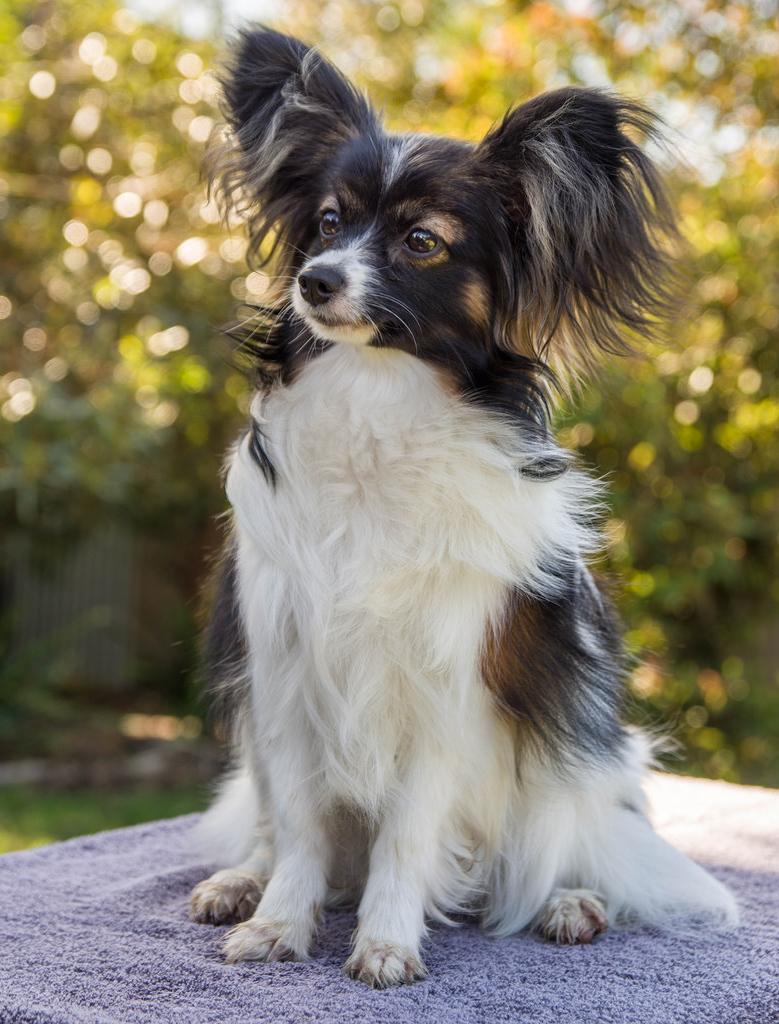
Conclusions
The Papillon is a small breed of dog with a gentle appearance and friendly personality. They are excellent companion dogs who can adapt to life in different environments. They are very intelligent and trainable, but can be independent and stubborn. The care of the papillon does not require special skills, but you need to remember about regular visits to the vet, proper nutrition and physical activity. Overall, the Papillon is a great choice for those looking for a small, intelligent and easy to care for dog.

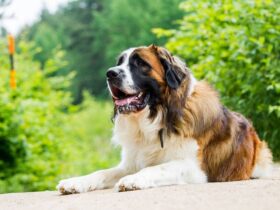

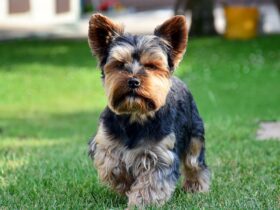

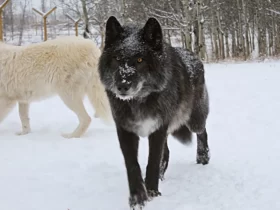
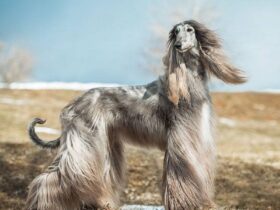

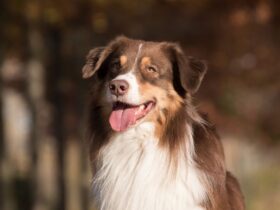
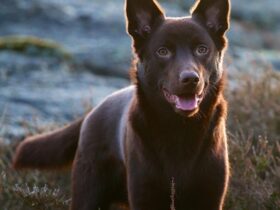
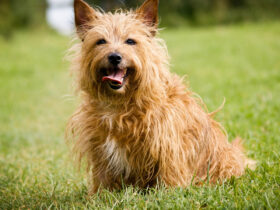
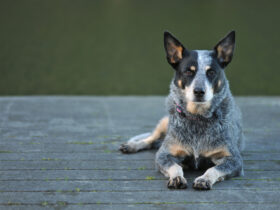

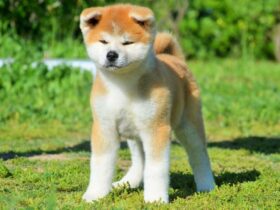
Leave a Reply